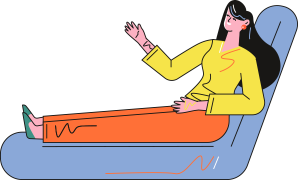Is periarthritis of the shoulder serious?
Updated on December 23, 2024
00:00
00:00
Periarthritis of the shoulder refers to the aseptic inflammation of soft tissues such as tendons, ligaments, and joint capsules around the shoulder joint due to chronic strain, which results in symptoms like pain and limited mobility of the shoulder joint. It is commonly seen in middle-aged and elderly women. Therefore, the severity of shoulder arthritis should be analyzed based on specific symptoms and the extent of functional impact. It is recommended to visit the orthopedics department of a reputable hospital for consultation. Treatment should be chosen based on the pain level and the extent of joint impact, in order to alleviate pain and restore function.
Trending Health Topics

Get the latest health & wellness news daily right to your inbox.
By subscribing, you agree to the Privacy Policy.


 Subscribe
Subscribe


